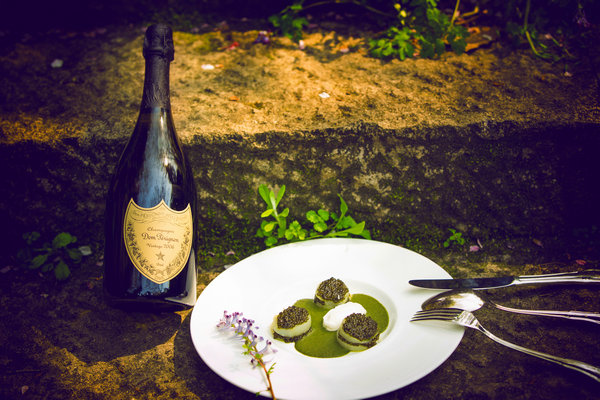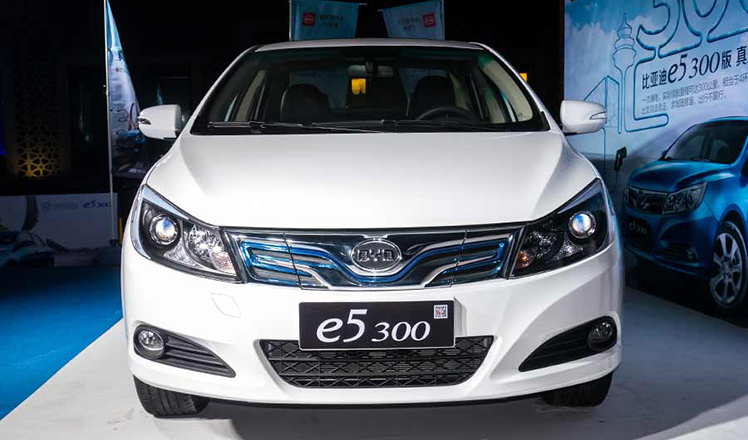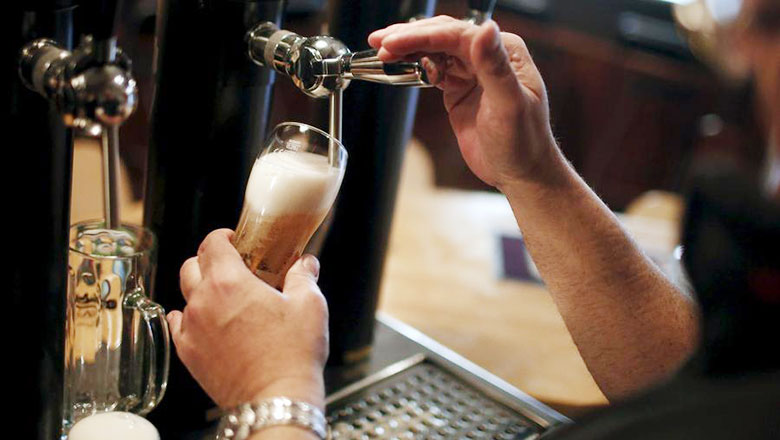Premium French vintages get a Chinese taste test
Updated: 2016-04-01 09:02
By Liu Zhihua(China Daily)
|
||||||||
 |
|
A match of Dom Perignon 2006 vintage with scallop, caviar and watercress veloute.[Photo provided to China Daily] |
It was not until in 2015 that the comprehensiveness and harmony of the champagne's first plenitude - a phrase used to describe moments when the wine that matures in cellar for years becomes expressive and ready - was finally reached, enhanced by a clear structure that gives it freshness and precision, Geoffroy says.
The P2 1998, meanwhile, is 18 years old, and is more intense and more interesting with great energy, he says.
"P2 is about peak and depth. And it's better textured, creamier, not complex. So if you love Dom Perignon, P2 is just more of it," Geoffroy says, adding that he tastes at least twice a year to monitor the ripeness of the wine and to judge when the wine is ready to release.
P1 level needs at least seven years of maturation on the lees, P2 needs a minimum of 12 years of maturation on the lees, and P3 - when the wine's character is drawn to its core - is achieved after 20 years or more, though all can come from the same vintage.
Geoffroy believes there is a correspondence between Western and Chinese cuisines in terms of harmony, completeness, and even the cooking techniques, although there is a huge gap in cultures, eating habits and local ingredients. So if a wine works with particular foods in one cuisine, it also works with similar foods in others, he says.
Vegetables, seafood and white meat are perfect to go with the two wines, but not red meat (except duck), unless it is stewed, he says. Gentle spiciness in Chinese cuisine matches well with the champagne, but Hunan and Sichuan cuisines are too intense, he notes.
liuzhihua@chinadaily.com.cn
- Cypriot court remands in custody man suspected of hijacking EgyptAir flight
- Govt eyes luxury tourists amid concerns over safety
- Sleep tight and don't let sharks bite at Paris aquarium
- Aung San Suu Kyi appointed as Myanmar's new foreign minister
- Hollande promises to tighten Euro 2016 security
- US officials applaud China for nuclear cooperation

 Xi tells Obama disputes should avoid misunderstandings
Xi tells Obama disputes should avoid misunderstandings
 BYD launches two new electric models, Qin EV and e5
BYD launches two new electric models, Qin EV and e5
 Discover beautiful China in Spring blossom (II)
Discover beautiful China in Spring blossom (II)
 Xi calls for bigger progress in China-Denmark ties
Xi calls for bigger progress in China-Denmark ties
 China move into the final stage of Asia qualifiers after 15 years
China move into the final stage of Asia qualifiers after 15 years
 Grief, anger engulf Taiwan as suspected killer of girl arrested
Grief, anger engulf Taiwan as suspected killer of girl arrested
 Stolen Buddha statue head arrives in Hebei museum
Stolen Buddha statue head arrives in Hebei museum
 Top 10 best-selling beers in the world
Top 10 best-selling beers in the world
Most Viewed
Editor's Picks

|

|

|

|

|

|
Today's Top News
Marriott unlikely to top Anbang offer for Starwood: Observers
Chinese biopharma debuts on Nasdaq
What ends Jeb Bush's White House hopes
Investigation for Nicolas's campaign
Will US-ASEAN meeting be good for region?
Accentuate the positive in Sino-US relations
Dangerous games on peninsula will have no winner
National Art Museum showing 400 puppets in new exhibition
US Weekly

|

|








